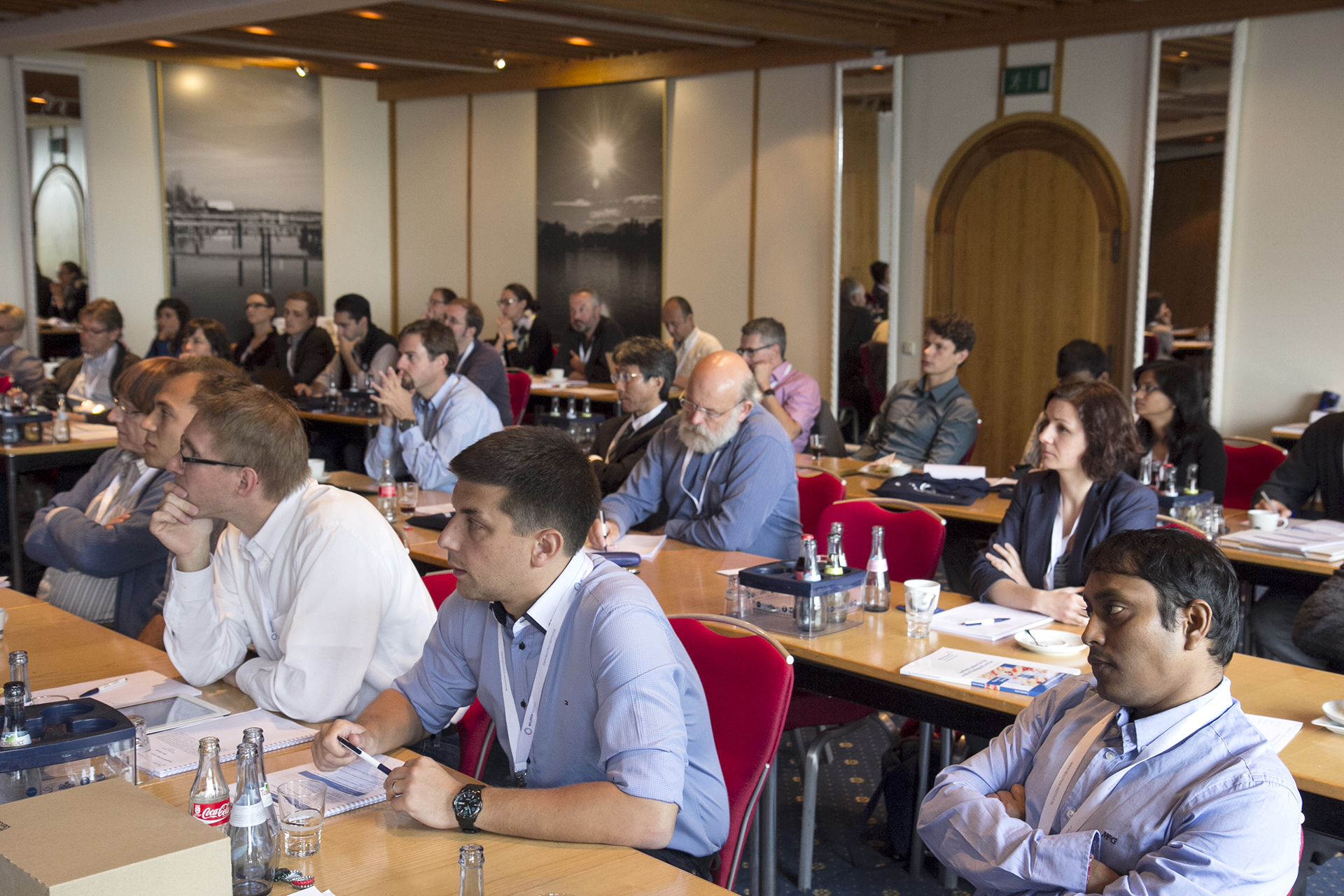I) New Photoswitches
Hydrazone-Based Switches
Ivan Aprahamian
Dartmouth College, USA
Hemithioindigo Phototools for Supramolecular Chemistry
Henry Dube
Ludwig-Maximilians-Universität München, Germany
Macrocyclic Oligoazobenzene Switches
Hermann A. Wegner
Justus Liebig University Giessen, Germany
Improving the Intrinsic Switching Performance of Photochromic Systems
Stefan Hecht
Humboldt Universität zu Berlin, Germany
II) Photoswitches and Nucleic Acids
Shedding Light on Nucleic Acids
Alexander Heckel
Goethe Universität Frankfurt am Main, Germany
Synthesis of Spiropyrans and Diarylethenes as Molecular Switches for DNA
Hans-Achim Wagenknecht
Karlsruher Institut für Technologie, Germany
Exogenous Control of Biomolecule Function by Caged Aptamers
Günther Mayer
Universität Bonn, Germany
Nucleoside-based Diarylethene Photoswitches and Photoswitchable DNA
Andres Jäschke
Heidelberg University, Germany
III) Optical Control of Proteins and CarbohydrateS
Photochromic Enzyme Inhibitors based on Dithienylethenes
Burkhard König
Universität Regensburg, Germany
Designing Photoswitchable Proteins
G. Andrew Woolley
University of Toronto, Canada
Azobenzene Glycosides: A New Tool in the Glycosciences
Thisbe K. Lindhorst
Christian-Albrechts-Universität zu Kiel, Germany
Making a Bionano Machine Stop and Go with Molecular Photoswitches
Nobuyuki Tamaoki
Hokkaido University, Japan
New Optical Switch Probes for High-contrast Imaging and Manipulation of Target Proteins, and Physicochemical Properties of the Stem Cell Micro-environment
Gerard Marriott
University of California, Berkeley, USA




















